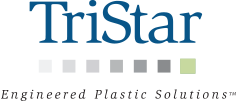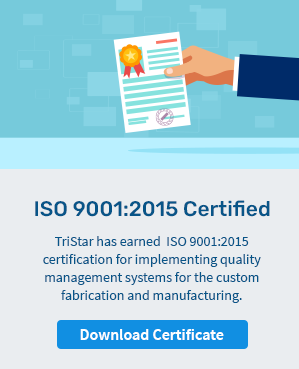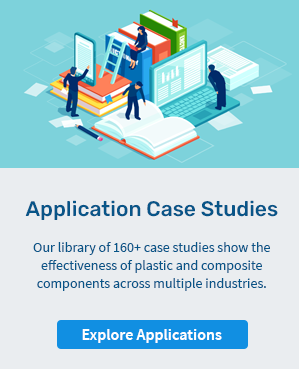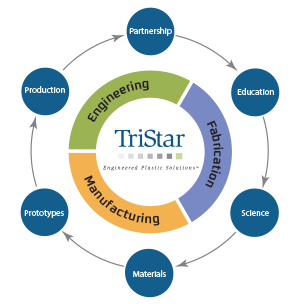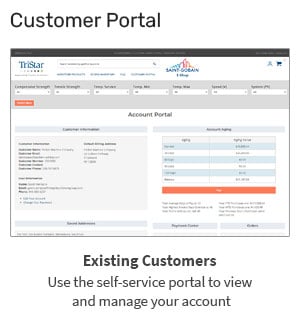
FDA-Cleared Rulon® 641 Improves Process Analytics Valves
High-Performance Liquid Chromatography (HPLC) is a type of analytical chemistry used to separate, identify, and quantify each component in a mixture. In HPLC, each component in the sample interacts slightly differently with an absorbent material, causing different flow rates for the different components. This results in the separation of the components as they flow out of the column.
Our client was looking for a way to significantly improve the performance and accuracy of the HPLC system they designed to separate aqueous fluids from gas. They recently contacted our Enhanced Materials Division (EMD) to see if we could help.
No Liquids — Only Gas May Pass Through!
In response to their request we created a new membrane: Ultraflon M18+. This hyper-hydrophobic membrane has been optimized for this application in various specific ways. With a contact angle greater than 125 degrees, aqueous fluids are completely prevented from passing through the membrane allowing only the gas to flow. This prevents air bubbles from entering the columns to ensure proper analysis.
Click below to watch a quick demonstration of the ultra-hydrophobicity of Ultraflon M18+ membranes compared to competing products.
And HPLC is Just the Start – Hydrophobic Membranes Have Many Uses
The preparation of membranes and their utilization has rapidly gained an acceptance and importance in general industry and science. Today, membranes are used in water filtration for drinking, to clean industrial effluents, to concentrate compounds, to purify compounds, to break compounds into fractions, and (as we have discussed here already) to separate gases and liquids.
Tristar has developed a full line of Ultraflon membranes to meet the demands for industrial and science communities. Why not reach out to our EMD engineering team to see if any of our membranes will take your filtration game to the next level?
